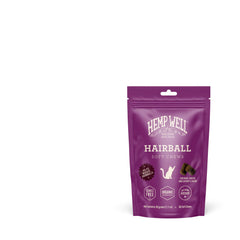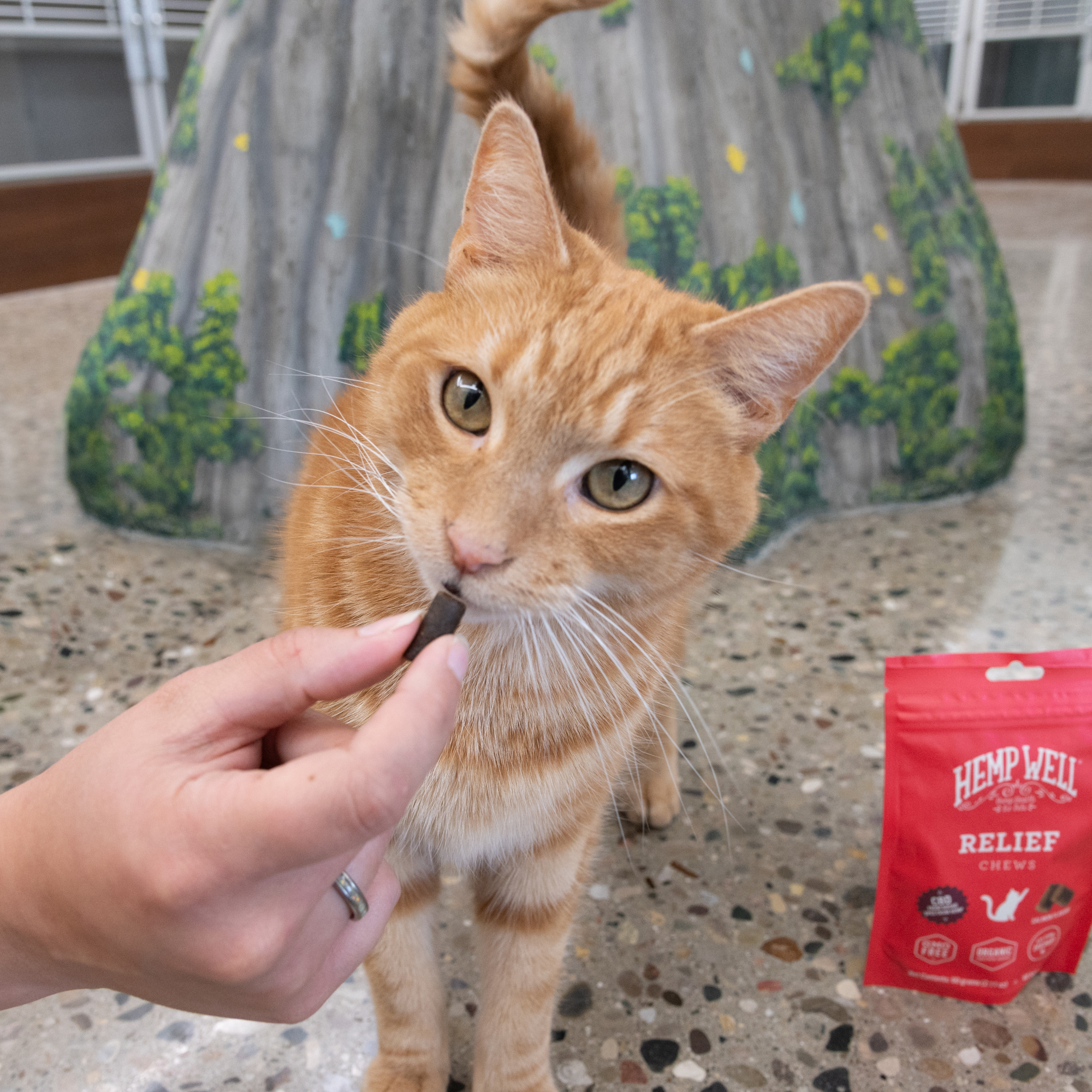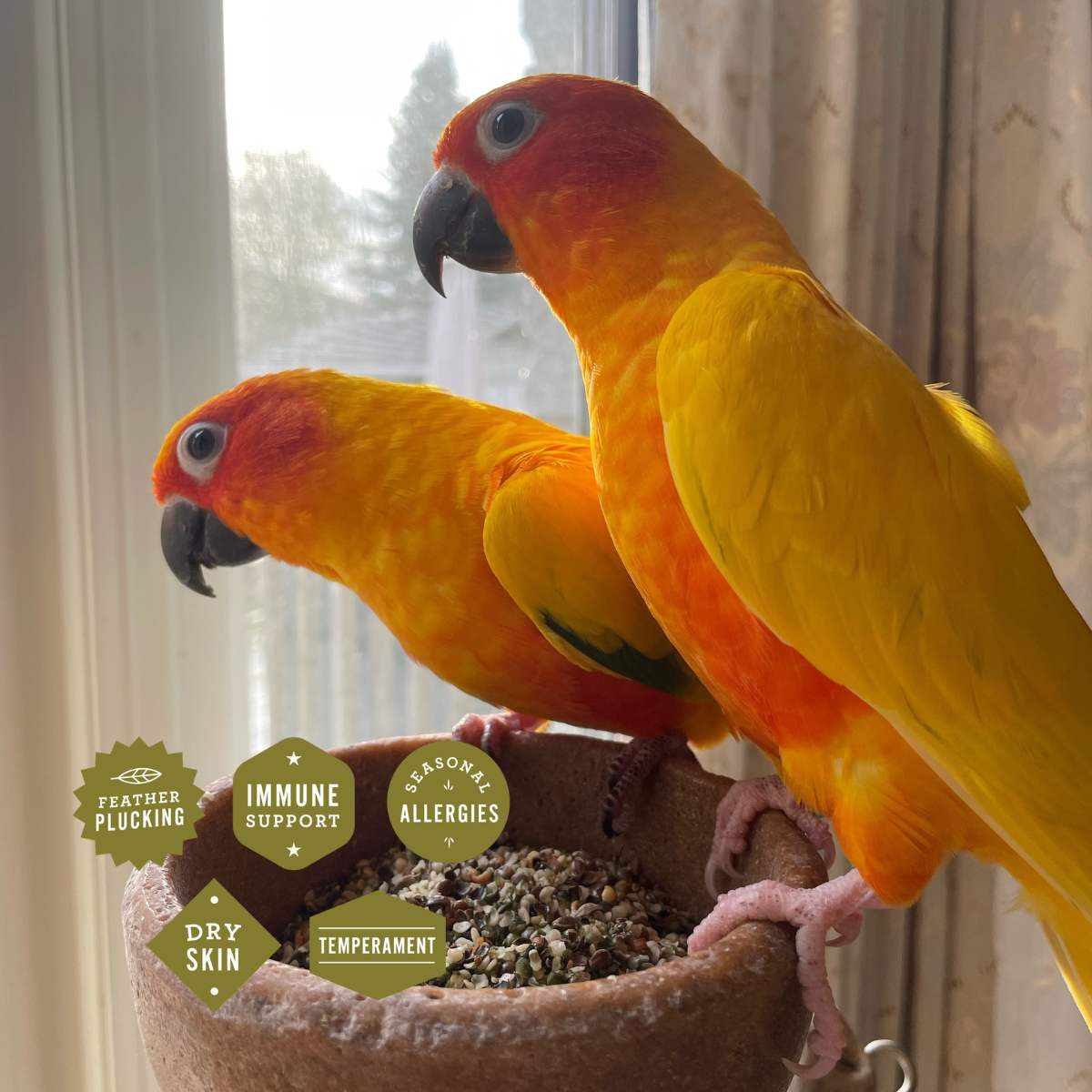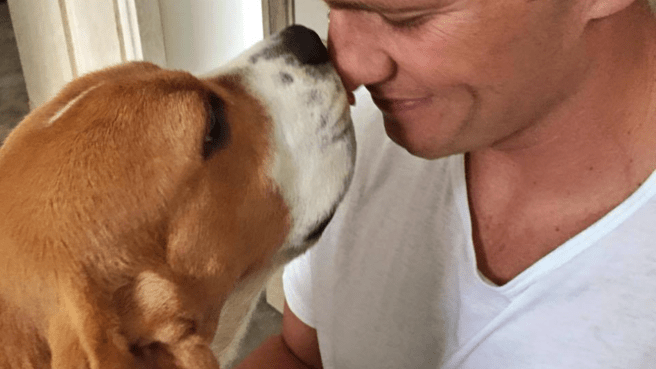Helping Your Cat Deal with Hairballs

Understanding Hairballs
Firstly, it’s essential to understand what hairballs are. When your cat grooms itself, the tiny hook-like structures on its tongue catch loose and dead hair, which is then swallowed. Most of this hair passes through the digestive tract without issue, but sometimes, it can accumulate in the stomach and form a hairball.
Regular Grooming
One of the best ways to prevent hairballs is by grooming your cat regularly. Brushing your cat daily, especially if they have long fur, can significantly reduce the amount of hair they swallow during grooming. For breeds with long hair or thicker coats, consider using specialized brushes or combs.
Proper Diet
Diet plays a crucial role in managing hairballs. Some commercial cat foods are formulated to promote a healthy coat and skin, and reduce shedding. Fiber-rich foods can also help by aiding the passage of hair through the digestive system. Look for cat food labeled as “hairball formula,” but ensure it fits your cat's nutritional needs.
Hairball Remedies
There are over-the-counter hairball remedies available, usually in the form of oils, soft chews, pastes or gels, that can help prevent the formation of hairballs. These products are designed to help hair pass through the digestive tract more easily. However, it's important to consult with your veterinarian before starting any new treatment.
SHOP ALL HEMP WELL CAT SUPPLEMENTS >>
Hydration
Keeping your cat well-hydrated is another key aspect. A hydrated digestive system is more efficient at moving hair through the tract. Ensure your cat has constant access to fresh water, and consider wet food, which has higher moisture content than dry food.
Watch for Symptoms
Be vigilant for symptoms that may indicate a hairball problem, such as frequent hacking, gagging, retching, or vomiting. Constipation or diarrhea can also be signs. If you notice any unusual symptoms, especially if they persist, it's crucial to consult your veterinarian.
Provide Enrichment
Boredom and anxiety can lead to excessive grooming. Providing mental stimulation through toys, playtime, and interactive activities can help reduce the amount of time your cat spends grooming.
Know When to Seek Veterinary Care
While hairballs are common, they can sometimes lead to gastrointestinal blockages, which are serious. If your cat is experiencing repeated vomiting, lack of appetite, lethargy, or any other concerning symptoms, it’s time to visit the vet.
Managing hairballs is an integral part of cat care. Regular grooming, proper diet, hydration, and being attentive to your cat’s health are key to preventing and dealing with this common issue. Always remember, if you're ever in doubt about your cat's health, it's best to seek professional advice. Your feline friend's well-being is always worth it!











